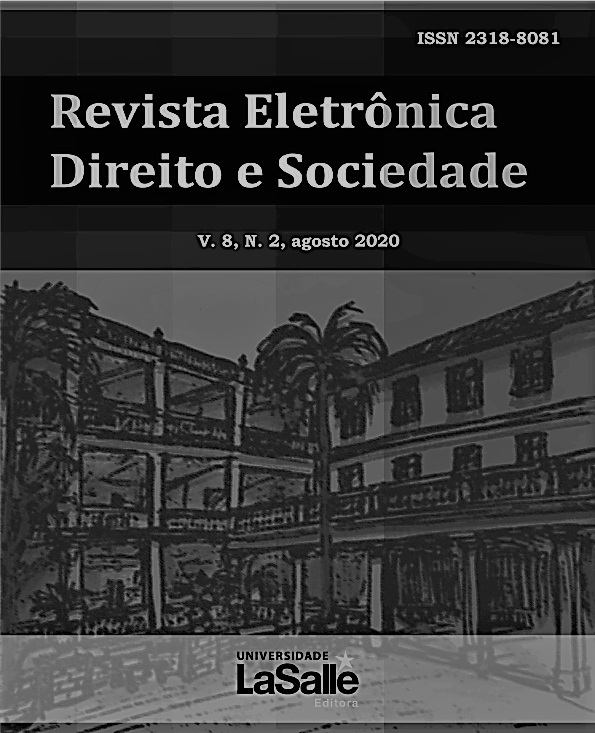Playing the fool: negotiated resolution and the plunder of rio Doce basin
DOI:
https://doi.org/10.18316/redes.v8i2.6524Keywords:
Samarco/Vale/BHP Billiton Disaster, Alternative Conflict Resolution, Violation of Human Rights.Abstract
The negotial resolution model was the option of companies and organs of the justice system to deal with the damages resulting from the Samarco / Vale / BHP Billiton disaster. Thus, on the macro level, via the Conduct Adjustment Term (TAC), agreements on agreements were negotiated, whose terms have been repeatedly breached by companies; and, at the micro level, the reparation of those affected was individualized, using the negotiated mediation technique, used in the Mediated Indemnity Program (PIM). In effect, the option for contractual or negotiated solutions was proposed and has allowed the privatization of disaster treatment and its business management (ROJAS; PEREIRA, 2017), under the baton of the Renova Foundation, which reduces the repair costs for the companies causing the damage. Although the alternative solution of conflicts, in this case, presents a varnish of legality, in practice, companies are not held accountable, which perpetuates the accumulation by plunder (HARVEY, 2005) in favor of mining companies also at the time of (not) repairing damage caused. In addition, the legal and economic discourse, which disqualifies the judicial process as slow and bureaucratic, has legitimized the plundering of the territories of the Doce River basin, due to the neglect of the rights of the affected population.
Downloads
Published
Issue
Section
License
Authors who submit their manuscripts for publication in the “REDES” Magazine agree to the following terms:
The authors claim to be aware that they retain copyright by giving “REDES” the right to publish.
The authors declare to be aware that the work submitted will be licensed under the Creative Commons Non-Commercial Attribution License which allows article sharing with acknowledgment of authorship and publication in this journal.
The authors declare to be aware that by virtue of the articles published in this journal have free public access.
The authors declare, under the penalty of the law, that the text is unpublished and original and that they are aware that plagiarism has been identified, plagiarized authors will be informed - willingly, to take legal action in the civil and criminal sphere - and, plagiarists will have their access to the magazine blocked.
The authors state that - in case of co-authoring - all contributed significantly to the research.
Authors are obliged to provide retractions and (or) corrections of errors in case of detection.
The authors are obliged not to publish the text submitted to “REDES” in another electronic journal (or not).
The Electronic Journal Law and Society - REDES - is licensed under a Creative Commons License. Attribution-NonCommercial 4.0 International.Based on work available at "http://revistas.unilasalle.edu.br/index.php/redes/about/submissions#copyrightNotice".
Permissions in addition to those granted under this license may be available at http://creativecommons.org/.

